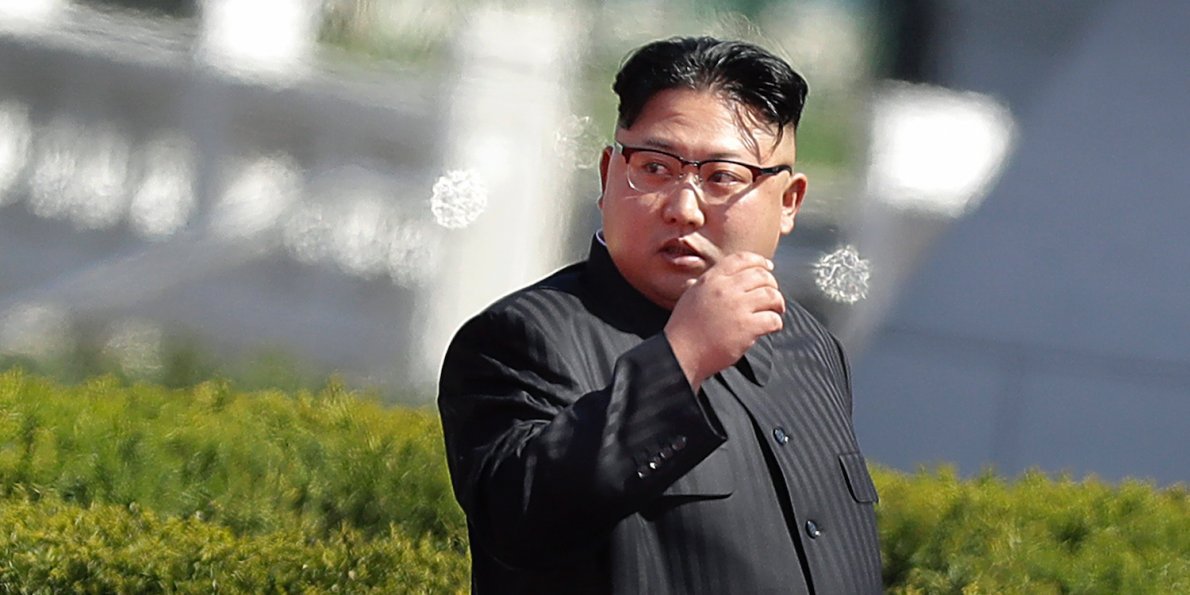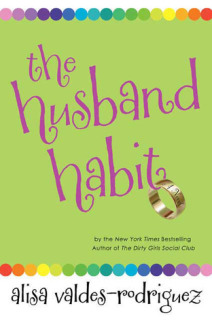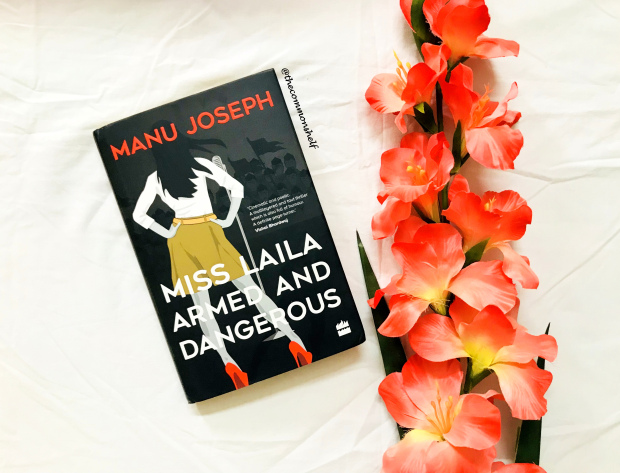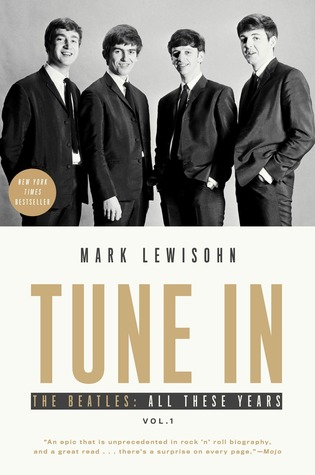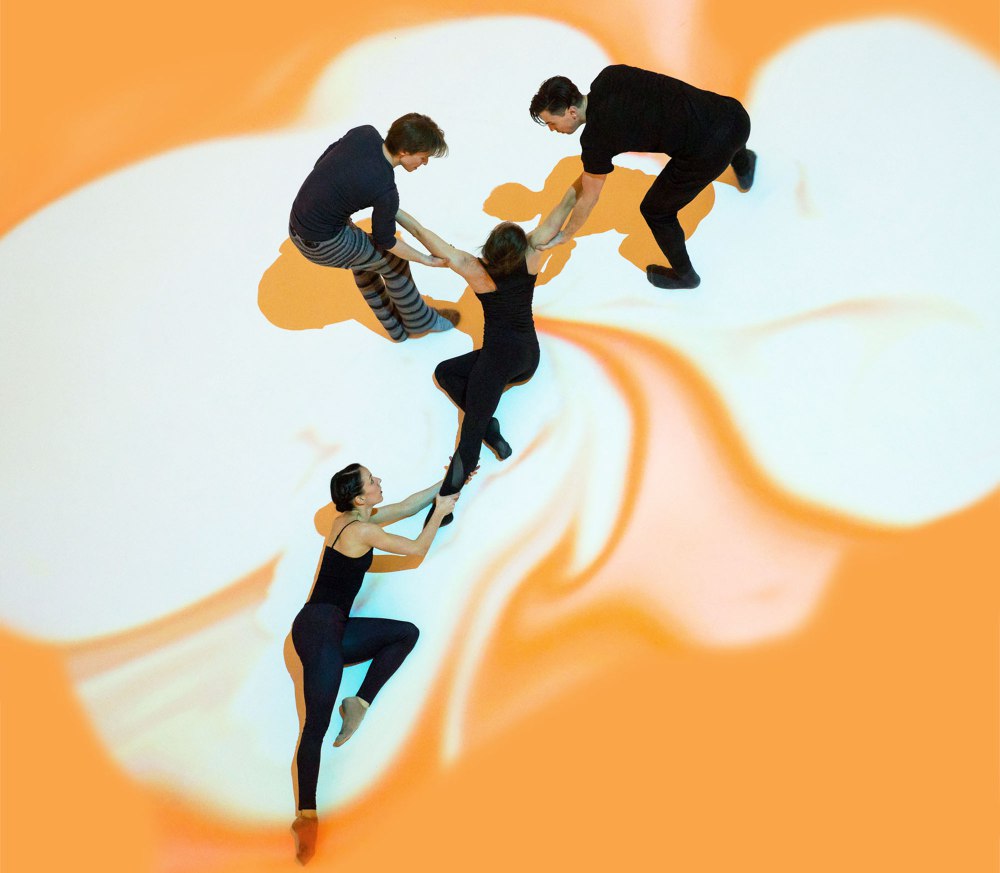
Combining technology with live performance is a tricky enterprise. The two elements can often cancel each other out, dividing the audience’s attention and failing to coalesce into a single vision. When handled with the right balance of innovation and restraint, however, projected images can blend seamlessly with traditional techniques to create a cohesive statement. Conceived by Daniil Simkin, a principal dancer at American Ballet Theater, and choreographed by Alejandro Cerrudo, FALLS THE SHADOW offers proof that 21 Century innovations can enhance, rather than overwhelm, classical expression.
The event is held in the central rotunda of Guggenheim, so that the museum’s iconic spiral ramp serves as both a stage set and a series of mezzanines from which to view the performance. Simkin is joined on stage by ABT colleague Cassandra Trenary, Ana Lopez of Chicago’s Hubbard Street Dance company, and San Francisco-based dancer Brett Conway. Using infrared cameras, Dmitrij Simkin’s intricate projection designs are equipped to respond in real time to every nuance of the dancers’ movements. The effect, appropriately for the venue, is of a moving modernist painting. Media designer Arístides Job García Hernández meticulously builds specific worlds to match the musical tone of each piece. Flickering pools of light follow the performers bodies like the ion tails of comets. Concentric circles give way to geometric spirals and shifting coronas of color and texture. By contrast, the performers are clad in clean, metallic costumes created by Dior’s Maria Grazia Chiuri.
Though not quite as apocalyptic as the poem from which it derives its name (T.S. Eliot’s “The Hollow Men”), FALLS THE SHADOW does explore the themes of human energy’s destructive and creative potential. In the show’s most overtly allegorical piece, two strident figures hurl jets of black vapor at each other, eventually pulling others into the conflict and engulfing the world in ever-increasing pools of flame. A visual essay on the futility of war could easily come across as heavy-handed. But it works well here, thanks to the delicacy of movement and gradual build to a simultaneous crescendo of music and color. Most of the other segments take a more abstract approach to their depictions of the shadow world between dream and reality, effort and impact. Yet all the pieces are effective, in part because they manage to be as concise as they are kaleidoscopic. The entire concert weighs in at under an hour, long enough to fully exploit its palette of effects, but wisely concluding while before the audience’s sense of wonder has a chance to fade.
WORKS & PROCESS: THE ROTUNDA PROJECT continues with composer Nico Muhly on September 17, 2017 at the Solomon R. Guggenheim Museum, 1071 Fifth Avenue, New York, NY, Between 88th & 89th Street. Tickets: 212 423 3575.
Advertisements Share this: